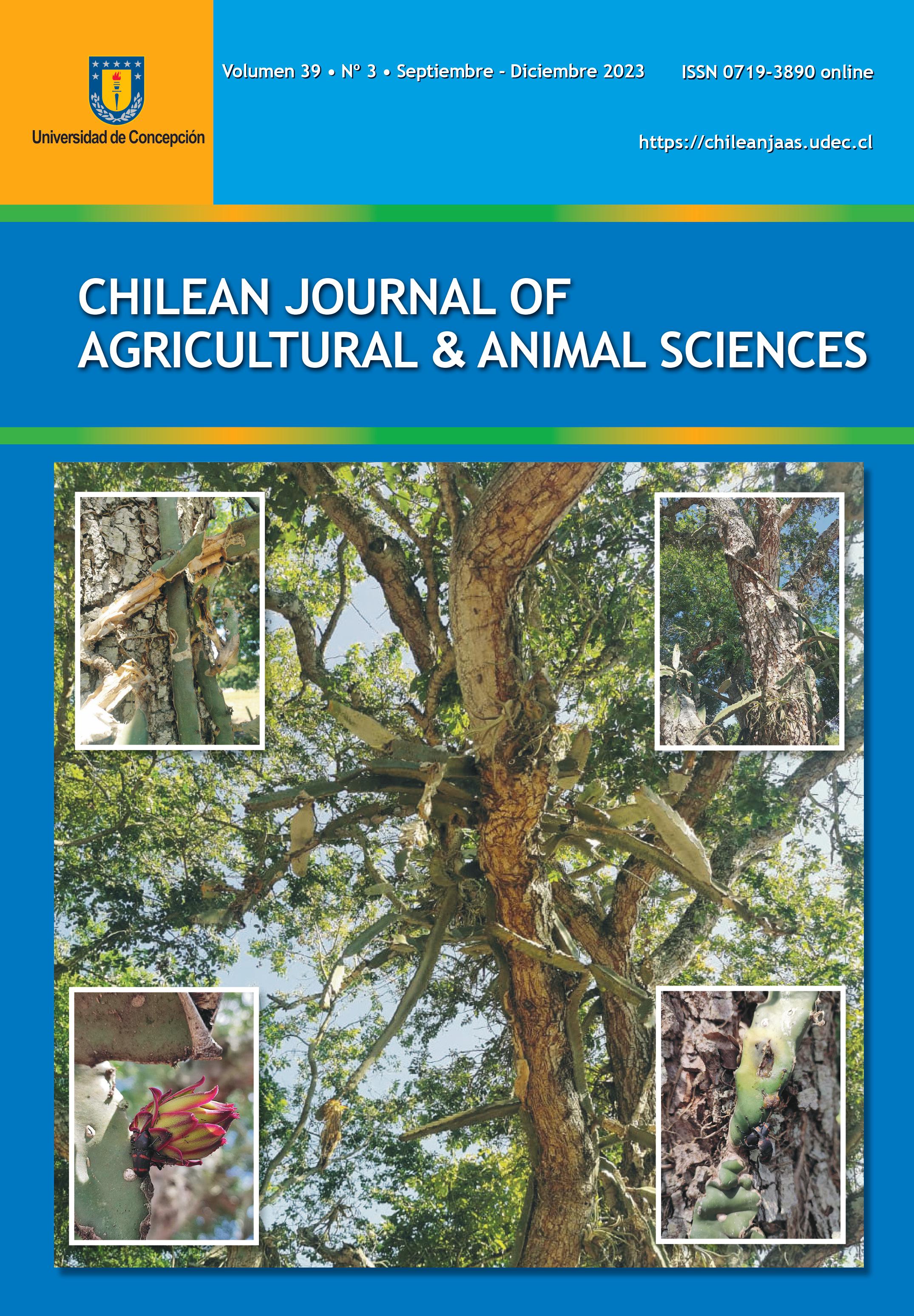BEYOND RADIATA PINE BARK: TOWARDS SUSTAINABLE FOREST MANAGEMENT AND BIODIVERSITY CONSERVATION IN CHILE
DOI:
https://doi.org/10.29393/CHJAA39-40BRDR20040Palabras clave:
Radiata pine, bark, soil, biodiversity, forestry industryResumen
Radiata pine is one of Chile's most widely planted tree species, and its bark is a by-product of the forestry industry. The use of radiata pine bark as an organic amendment to soil has been a frequent practice in Chilean agriculture. However, its impact on soil and biodiversity is still a matter of concern. This essay reviews the scientific literature on the use of radiata pine bark as a soil amendment, identifying the most common components used. These components are related to the transformation processes that allow the production of nutrients. The environmental consequences of the presence of radiata pine bark tannins on various organisms are also reviewed. Although there are components that contribute to an improvement in the soil such as resins as a source of phosphorus, or proteins as a source of nitrogen, in tannins there are components such as catechin that can affect the availability of nutrients. The work hopes to contribute to understanding of these components of radiata pine bark.
Descargas
Publicado
Cómo citar
Número
Sección
Derechos de autor 2023 Daniel Sandoval-Rivas, Reiner Romero-Garrido

Esta obra está bajo una licencia internacional Creative Commons Atribución 4.0.






